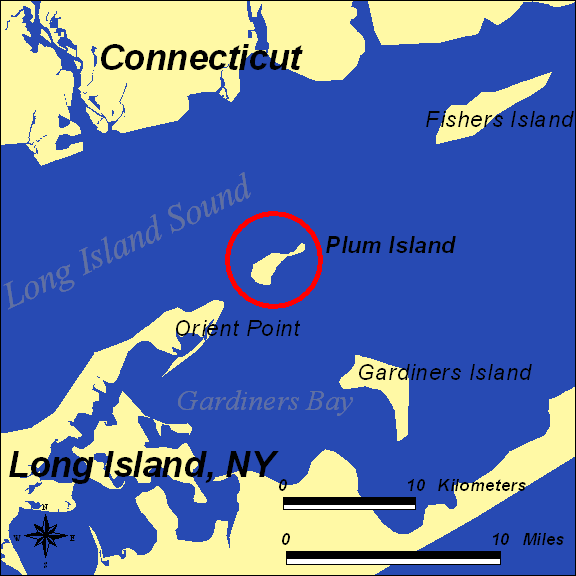North Brother Island
| reivax from Washington, DC, USA |
Uninhabited until 1885, North Brother Island became the site of Riverside Hospital which was founded to treat and isolate victims of smallpox and eventually other diseases. June 15, 1904, the island was the site of the wreck of the General Slocum. It was a steamship which burned and over 1,000 people died either from the fire on board the ship or from drowning before the ship made it to the island's shores. Typhoid Mary was confined to North Brother Island for over two decades until she died there in 1938. After World War II, the island housed war veterans who until the nationwide housing shortage abated and then the island was once again abandoned. In the 1950s, heroin addicts were brought to the island and locked in a room until they were clean. Many thought they were being held against their will as wall graffiti attests to.
The island is currently abandoned and off-limits to the public. Most of the original hospital buildings are deteriorated and in danger of collapse and a dense forest now grows over the ruins. From the 1980s through the early 2000s, one of the largest nesting colonies of Black-crowned Night Herons was there. As of 2008 the Black-crowned Night Herons also have abandoned the island for reasons unknown.
Population: 0
Plum Island
Another island of interest in New York, Plum Island is off the Eastern end of Long Island. Following the Spanish American War in 1899, Plum Island was purchased by the United States Government for approximately $90,000. Once home to the Army Chemical Corps, in 1954 the United States Department of Agriculture established the Plum Island Animal Disease Center. Because of the nature of the research at the facility, access to the island is restricted. The facility may be moved but there have been many theories about the strange experiments that may have taken place here over the years. Unidentified species of animals have been seen and photographed washing up on the shores of Eastern Long Island for years and many suspect that these creatures originated at Plum Island.


No comments:
Post a Comment